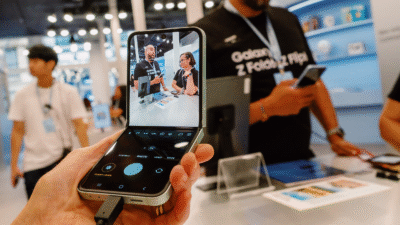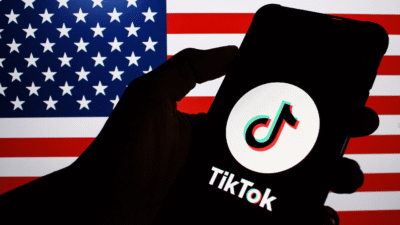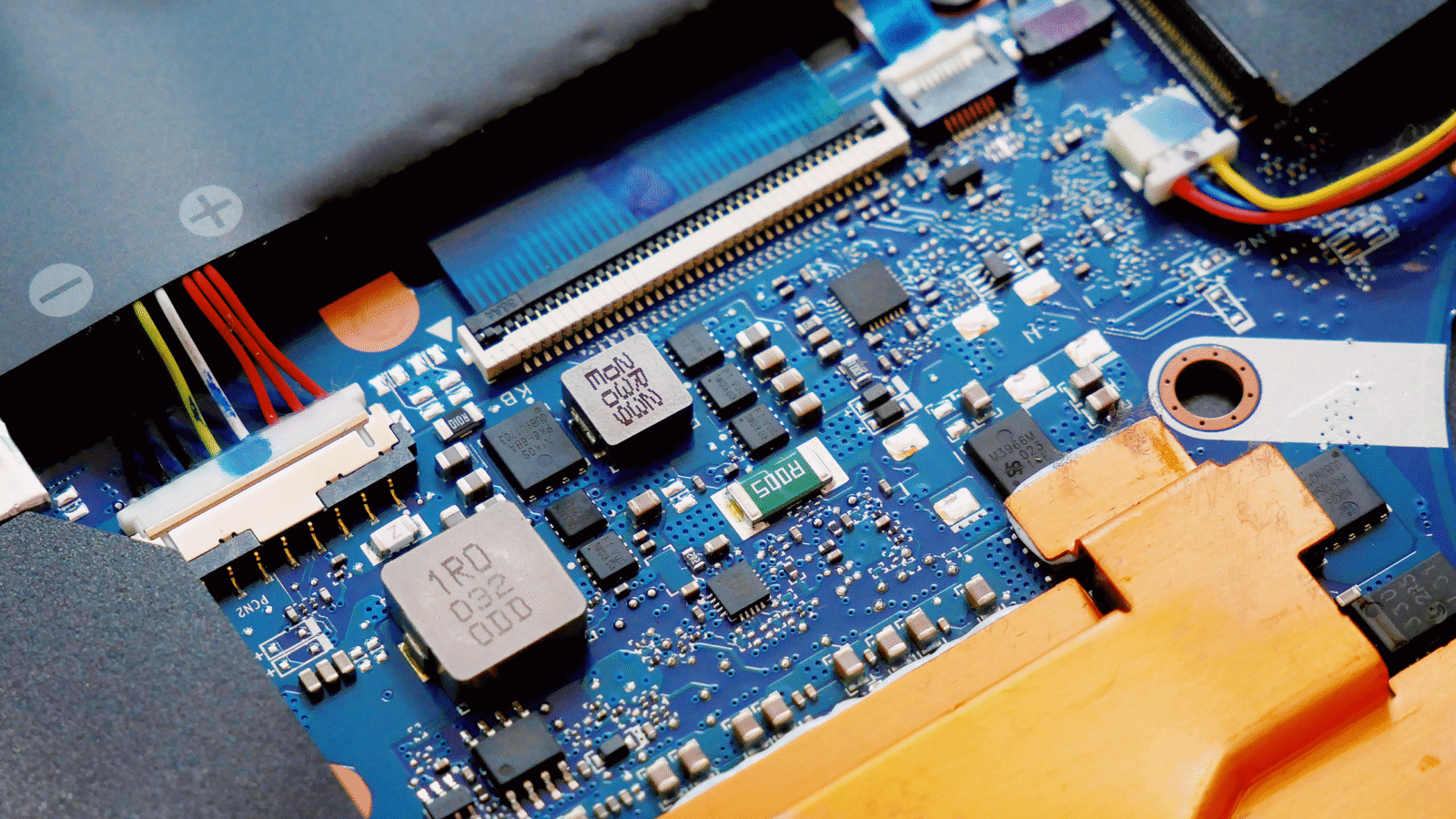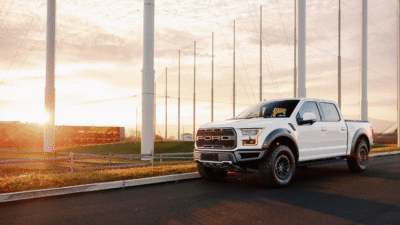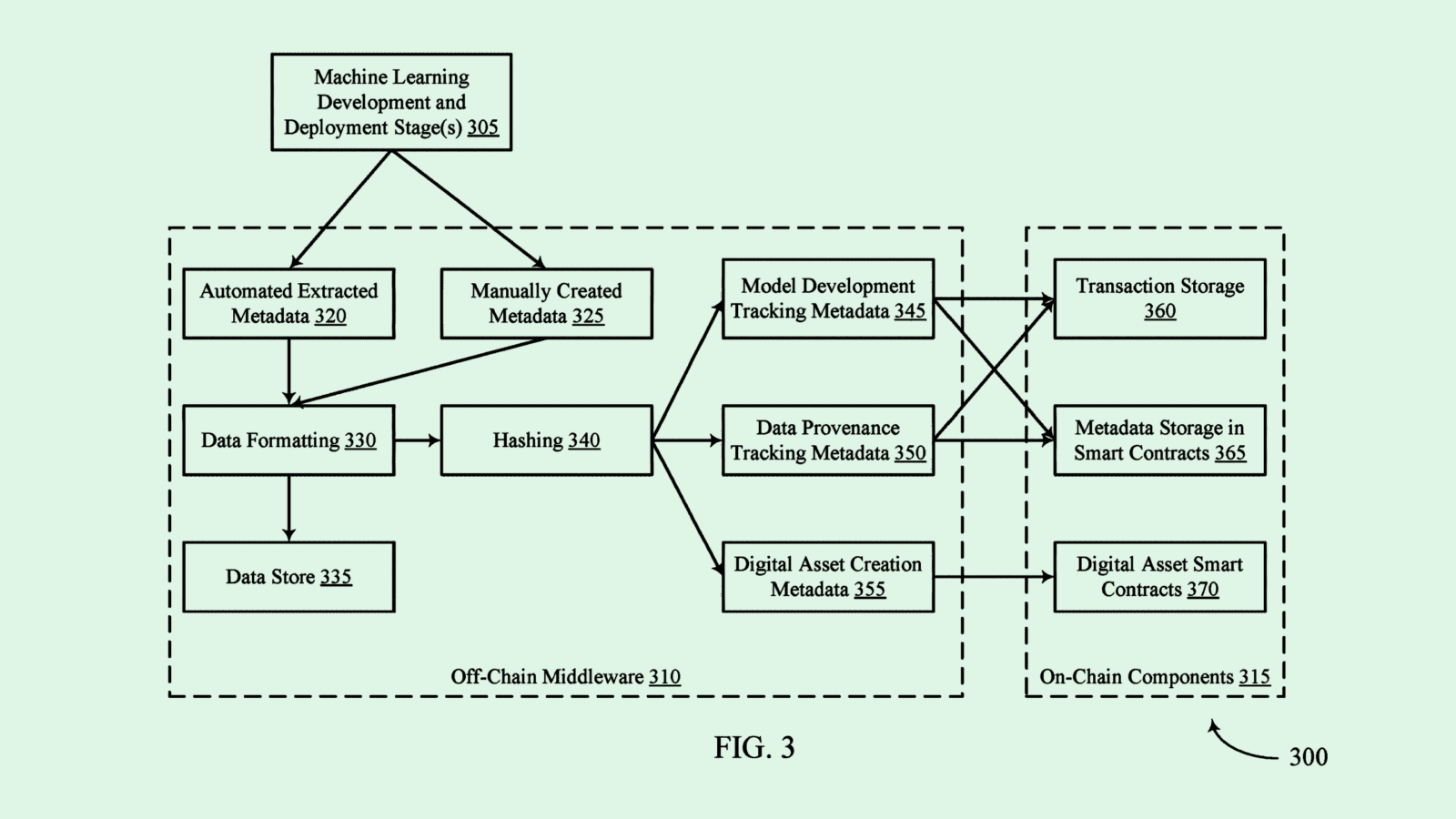Ford May Add AR to Your Windshield
The patent shows that Ford may be going after Tesla’s turf for in-car features.
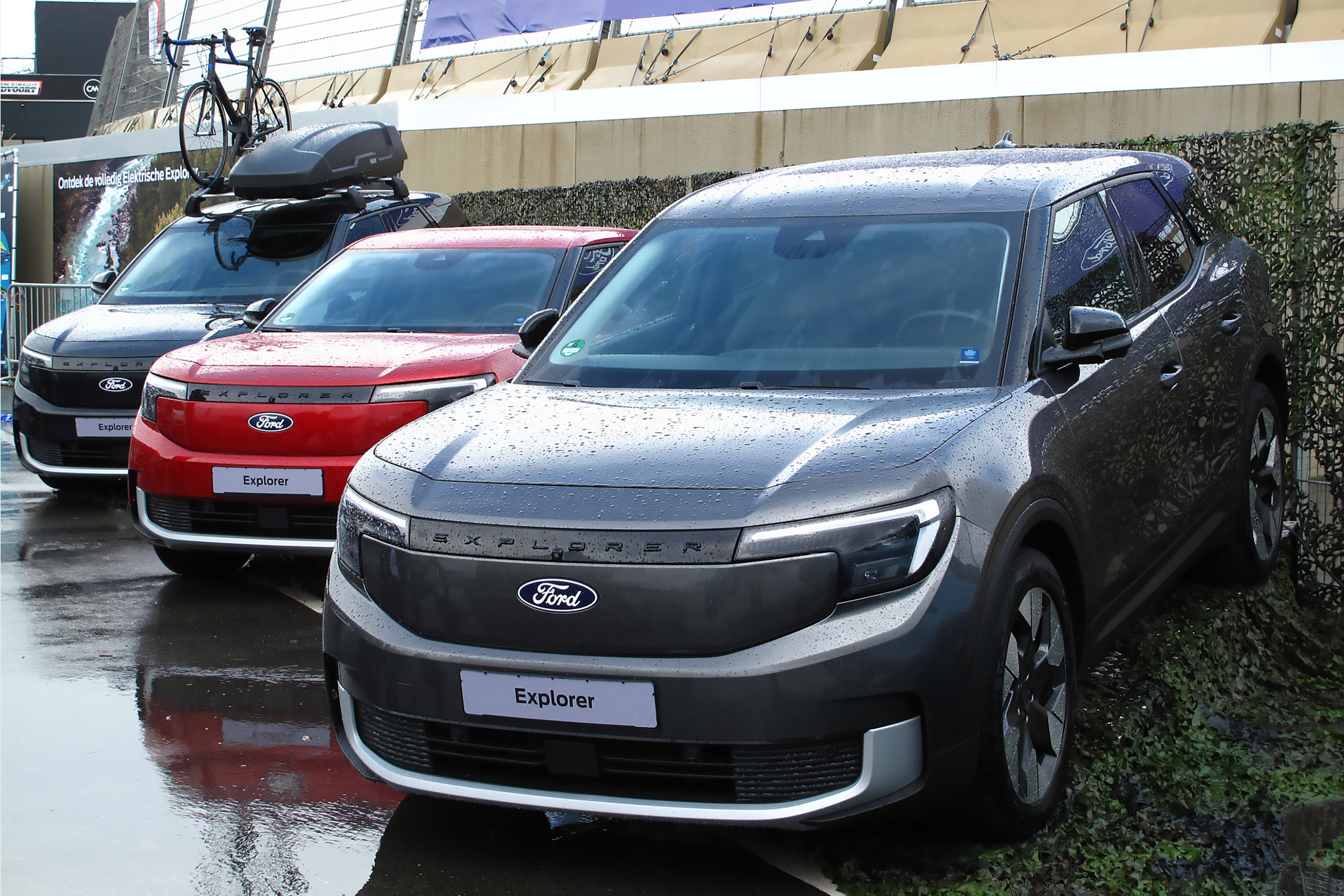
Sign up for smart news, insights, and analysis on the biggest financial stories of the day.
Ford wants your commute home to be a little more interactive.
The company wants to patent a system for “multi-plane augmented reality image generation.” Basically, Ford’s filing details a system that uses AI to display augmented reality content onto a windshield.
Here’s how it works: Ford’s system relies on a neural network to generate what it calls a “pixel-wise phase matrix,” or data that describes what should be displayed on a windshield and how to display it. The system then uses a “spatial light modulator,” which controls the intensity of the light across surfaces, to actually display them.
This system automatically adjusts the focal plane of the AR images so that they appear differently on the interior versus exterior of the windshield, and will appear differently depending on distance or vantage point from the images. Ford noted that using multiple focal planes, rather than just a single one, can enhance the quality of the AR experience for the users.
“Misalignment and low quality may result in an undesirable aesthetic appearance and unclarity of the AR image for the occupant,” Ford noted.
Ford gives a number of use cases for its high-tech windshield, including vehicle measurements like odometer, navigation instructions or fuel status, as well as indicators that there are objects or animals in the road or around the car.

While Ford’s tech sounds a bit unconventional, automakers are making their vehicles more high-tech and connected than ever.
EV frontrunner Tesla is a prime example of this, with features such as a gaming arcade mode and streaming capabilities available through its in-car computing system. Tesla’s patent activity hints at similar ambitions, including filings for an in-vehicle “personalization system” that aims to “humanized in-vehicle experience.” Ford’s patent could be a sign that the automaker it’s seeking to compete with Tesla.
This isn’t the first indication that Ford is gunning for Tesla’s turf as the race to electrification heats up among automakers. Ford has been aggressive with its EV goals in recent years: The company aims to manufacture EVs at a run rate of more than 2 million by the end of 2026 and make half of its vehicle sales electric by 2030.
But Tesla’s in-vehicle features have gotten the company in trouble with the National Highway and Transportation Safety Association in the past: The agency launched an investigation into the EV maker in late 2021 after discovering that passengers could watch and play video games on the center screen while the car was in motion. The company later disabled the feature in an over-the-air software update impacting more than 580,000 vehicles, and the probe was closed this past May.
If Ford isn’t careful with how it implements in-car entertainment, the company may run into similar trouble if these AR dashboards prove to distract drivers more than help them.

